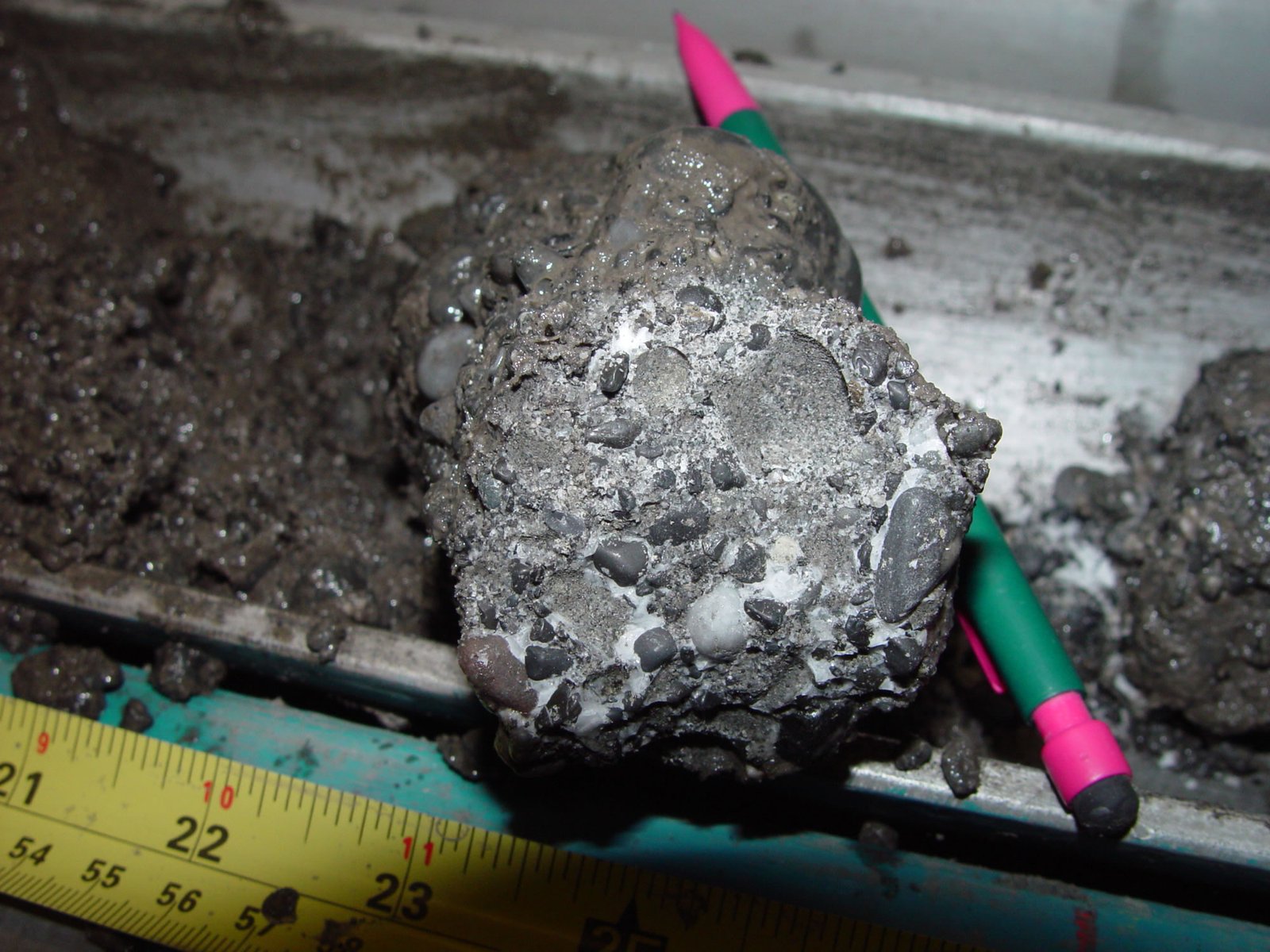Imagine a world where ice can ignite into flames. It sounds like something out of a science fiction novel, doesn’t it? Yet, this is the reality of methane hydrates, a fascinating yet fearsome natural phenomenon. These combustible ice-like structures are buried deep beneath the ocean floor and permafrost regions. Their potential energy is staggering, but so are the risks they pose to our planet. As we delve into the mysterious world of methane hydrates, we will uncover why scientists are both intrigued and alarmed by their existence.
The Mysterious Composition of Methane Hydrates

Methane hydrates are crystalline structures composed of water and methane. Picture a cage-like lattice of water molecules trapping methane gas inside. These formations are found in high-pressure, low-temperature environments, such as beneath the seafloor or within Arctic permafrost. The methane, a potent greenhouse gas, is kept stable within these icy confines. It’s as if nature has hidden away a powerful energy source, waiting to be unleashed. However, it’s the potential release of this gas that has scientists on edge.
Where Are Methane Hydrates Found?

The discovery of methane hydrates is not restricted to one part of the globe. They are found in abundance along continental margins, particularly in regions like the Gulf of Mexico, the Arctic Ocean, and the coastlines of Japan and India. These deposits are believed to contain more carbon than all the world’s fossil fuels combined. It’s a treasure trove waiting to be tapped, but with immense caution. The challenge lies in accessing these reserves without triggering catastrophic consequences.
The Energy Potential: A Double-Edged Sword

The energy potential of methane hydrates is mind-boggling. Estimates suggest that the energy contained within these deposits could power the world for centuries. This has sparked interest in their potential as a future energy source. However, extracting this energy is akin to playing with fire. The risk of destabilizing the deposits and releasing large quantities of methane into the atmosphere is a significant concern. It’s a classic case of weighing the benefits against the potentially devastating environmental costs.
The Threat of Methane Release

Methane is a greenhouse gas that is over 25 times more effective at trapping heat in the atmosphere than carbon dioxide. The release of methane from hydrates could accelerate global warming at an alarming rate. Scientists fear that a sudden release, triggered by rising ocean temperatures or human activities, could lead to a climate tipping point. This is why the study of methane hydrates is not just about energy but also about understanding and mitigating climate risks.
How Do Methane Hydrates Form?

The formation of methane hydrates is a complex process that occurs over thousands of years. Organic material, such as dead plants and marine organisms, decomposes under the seabed. Microorganisms break down this material, producing methane gas. When the conditions are right—high pressure and low temperature—this gas combines with water to form hydrates. It’s a natural process that has been occurring for millennia, but one that could have significant implications for our future.
Technological Challenges in Extraction

Extracting methane from hydrates is no easy feat. Unlike traditional oil and gas extraction, which involves drilling into reservoirs, methane hydrates require specialized techniques. One method involves depressurizing the hydrate deposits, allowing the methane to be released and captured. Another involves injecting warm water to melt the hydrates. Both methods are fraught with technical challenges and risks. The potential for triggering underwater landslides or methane leaks makes this a high-stakes operation.
The Role of Methane Hydrates in Climate Models
Methane hydrates are an essential component of climate models. Understanding their behavior is crucial for predicting future climate scenarios. Scientists are developing models to simulate how hydrates respond to changes in temperature and pressure. These models help assess the potential impact of hydrate destabilization on global warming. It’s a delicate balance of understanding the science while preparing for potential climate shifts.
Environmental Concerns and Safeguards
The environmental concerns surrounding methane hydrates are significant. The potential for methane release poses a direct threat to marine ecosystems and global climate stability. Scientists and policymakers are working together to establish safeguards and regulations for hydrate exploration and extraction. The goal is to minimize environmental risks while exploring the potential benefits. It’s a collaborative effort that requires careful planning and international cooperation.
Future Prospects: To Extract or Not to Extract?
The debate over whether to extract methane hydrates is ongoing. On one hand, they offer a vast energy resource that could reduce dependence on conventional fossil fuels. On the other, the environmental risks are substantial. Some argue that the focus should be on renewable energy sources, while others believe that with the right technology, hydrates could be part of a balanced energy strategy. It’s a complex issue with no easy answers.
Conclusion: The Icy Enigma
Methane hydrates remain an enigma—a source of fascination and fear. They hold the promise of abundant energy but also the peril of environmental catastrophe. As we continue to explore their potential, we must tread carefully, balancing the need for energy with the imperative to protect our planet. The future of methane hydrates is uncertain, but one thing is clear: their impact on our world could be profound. What role will these icy formations play in the story of our planet’s future?



